Instruction
The Master Move
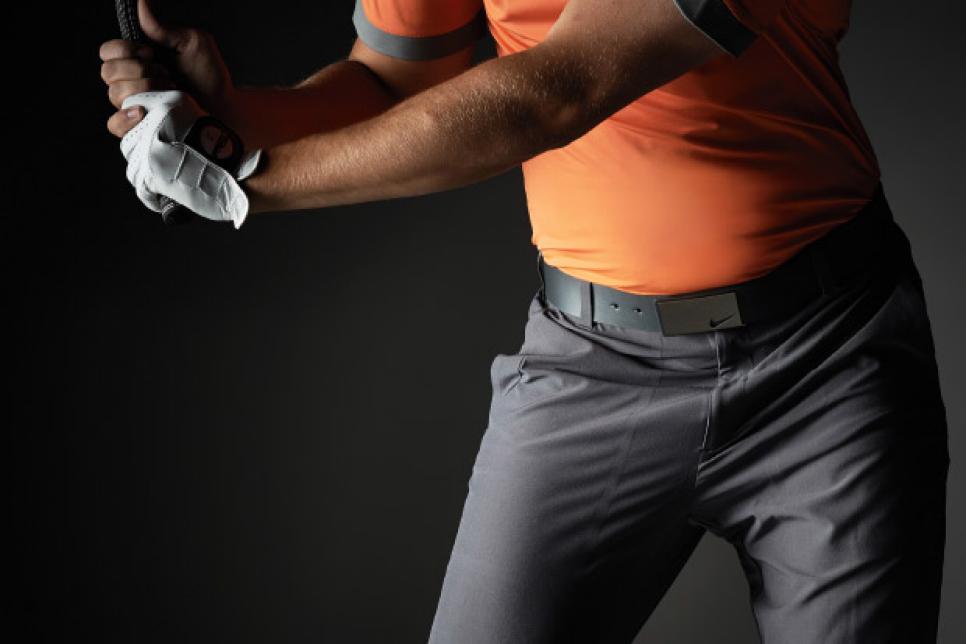
If you've ever wondered what makes some funny-looking swings work so well—or gorgeous swings perform up to their beauty—the place to look is the first move from the top. That transition to the downswing determines whether you'll deliver the club fearlessly to impact or be fighting hard to save the shot. Start down well, and you get that effortless sensation where you know you're going to catch the ball flush. It can make up for a lot of earlier mistakes. But start down poorly, and there's little time to recover before impact. It's one of the most challenging aspects of the swing, because once your style is ingrained, it's stamped into your DNA as a player.
Nevertheless, you can get better at it. The good thing is, there's no textbook way to start down. Depending on your bad-shot tendencies, your body type and your athleticism, you can trigger the downswing in one of four ways. Let's find out which move you should make.
1. PLANT THE LEFT HEEL
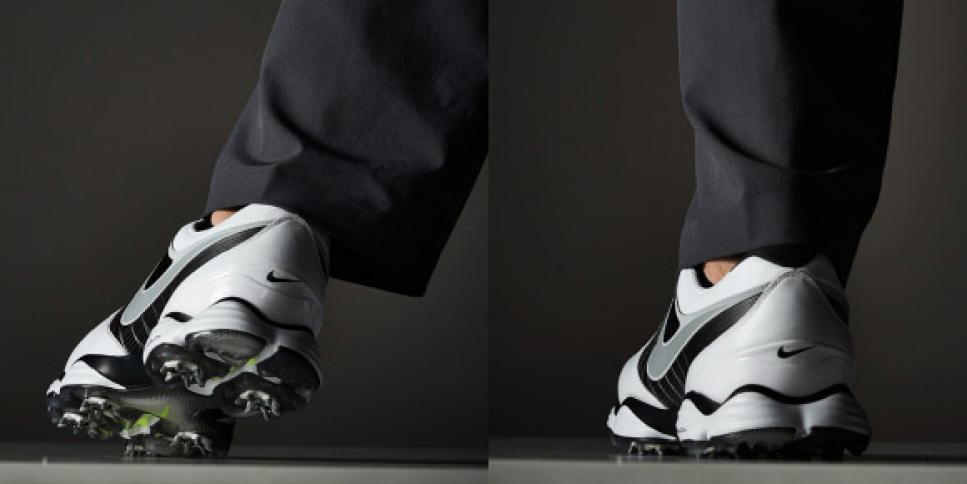
IS IT FOR YOU? Jack Nicklaus said he initiated his downswing this way. Stamping the front heel back to the ground (above) sets up a sound, ground-up sequence of motion and calms an overactive upper body. It can also smooth out a swing that's too quick and help golfers who have trouble shifting to their front side.
HOW TO DO IT: Return the heel to the same place it was at address. Don't rush: Letting the heel come up on the backswing allows a full turn, so don't waste that with a quick move forward. And make sure you don't slide toward the target as the heel hits the ground.
2. FIRE THOSE HIPS
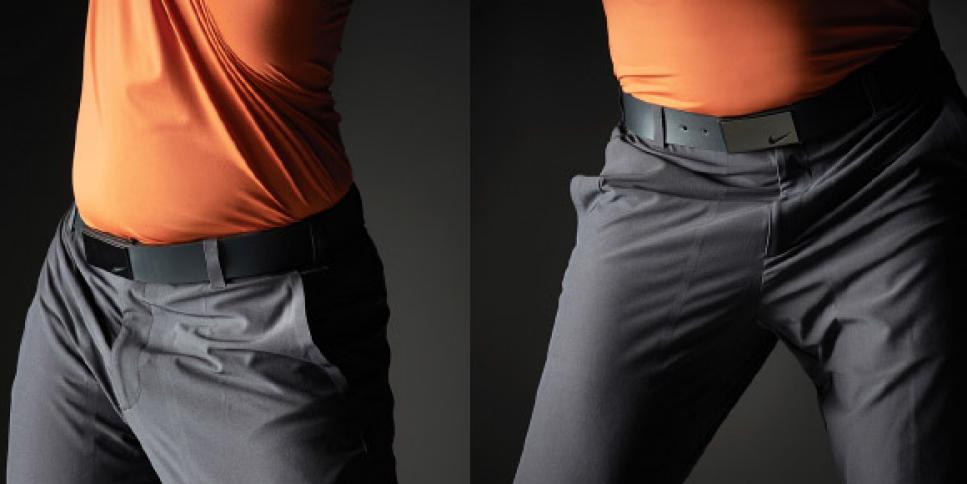
IS IT FOR YOU? This is my favorite downswing initiator. It addresses many ills, including a lack of power, loss of balance, "handsy" releases that produce fat and thin shots, falling back on the downswing, and sliding laterally instead of unwinding. It sets up a downswing that lets you compress or "cover" the ball. Also great for bad backs.
HOW TO DO IT: Unwind your hips aggressively, with the sensation that your left hip is rotating toward your left heel (above). The speed and force will transfer downward, so you feel pressure in your left ankle. Feel like the swing is completely rotary, no side-to-side movement.
3. LET YOUR ARMS DROP
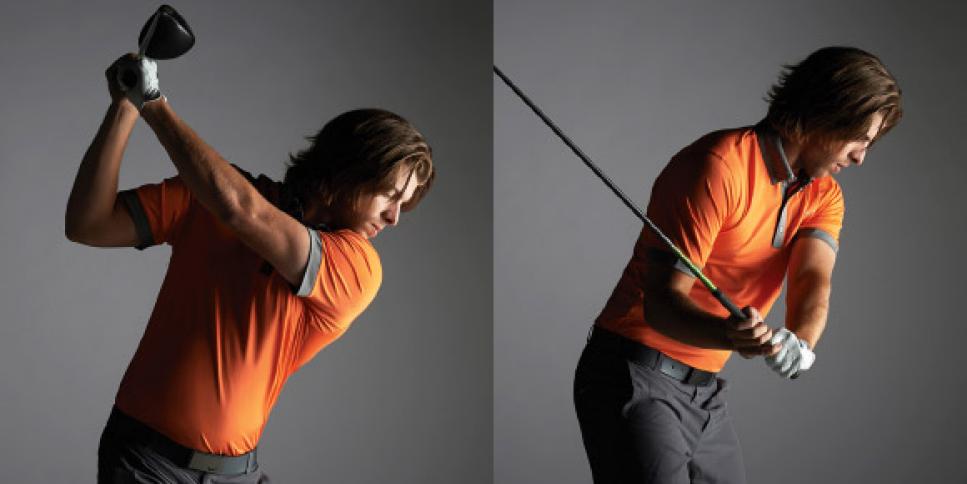
IS IT FOR YOU? If you "come over the top" on the downswing (giveaways are slices, pulls, deep divots with the irons and pop-ups with the driver), this probably is for you. Start down by moving your arms back in front of your chest (above), and you'll refrain from throwing your right shoulder toward the ball—the cause of coming over the top. You'll achieve an in-to-out path and boost your swing speed.
HOW TO DO IT: At the top, you'll sense your hands are behind your right ear. From there, let your arms simply drop toward the ball. Feel like the lower body is following rather than leading. Don't force the issue.
4. 'BUMP' THE LEFT KNEE
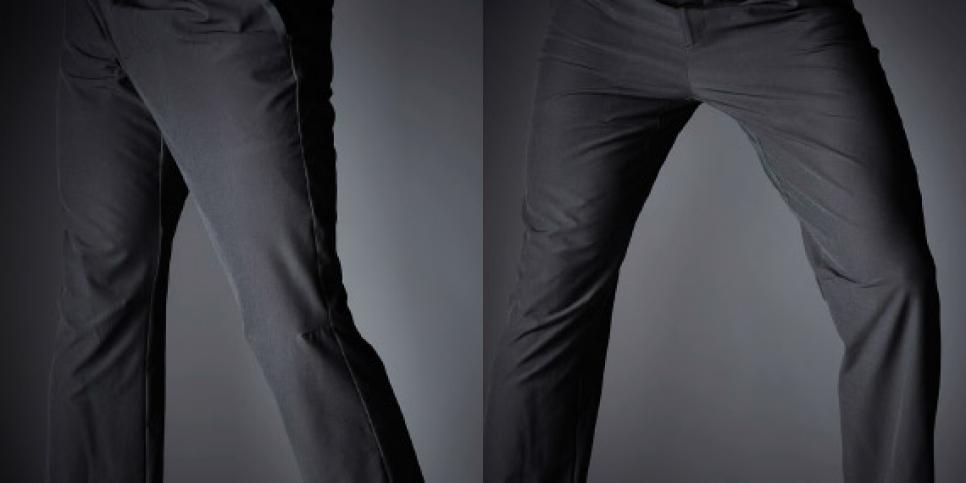
IS IT FOR YOU? A slight lateral move with your left knee will combat a rushed, overactive upper body and static, under-performing feet and legs. It encourages an in-to-out swing path, so it can cure slicing and steep downswings. It also promotes good rhythm and is great for tall players with thin torsos and long arms.
HOW TO DO IT: Pausing your arms and hands at the top, begin the downswing by releasing your left knee toward the target (above). The arms fall onto an inside path. After the knee moves, let your left leg straighten. If the knee moves outside the left foot, you've overdone it.
John Elliott Jr. teaches at Golden Ocala Golf & Equestrian Club in Ocala, Fla. Swing model is Jeff Kellen.